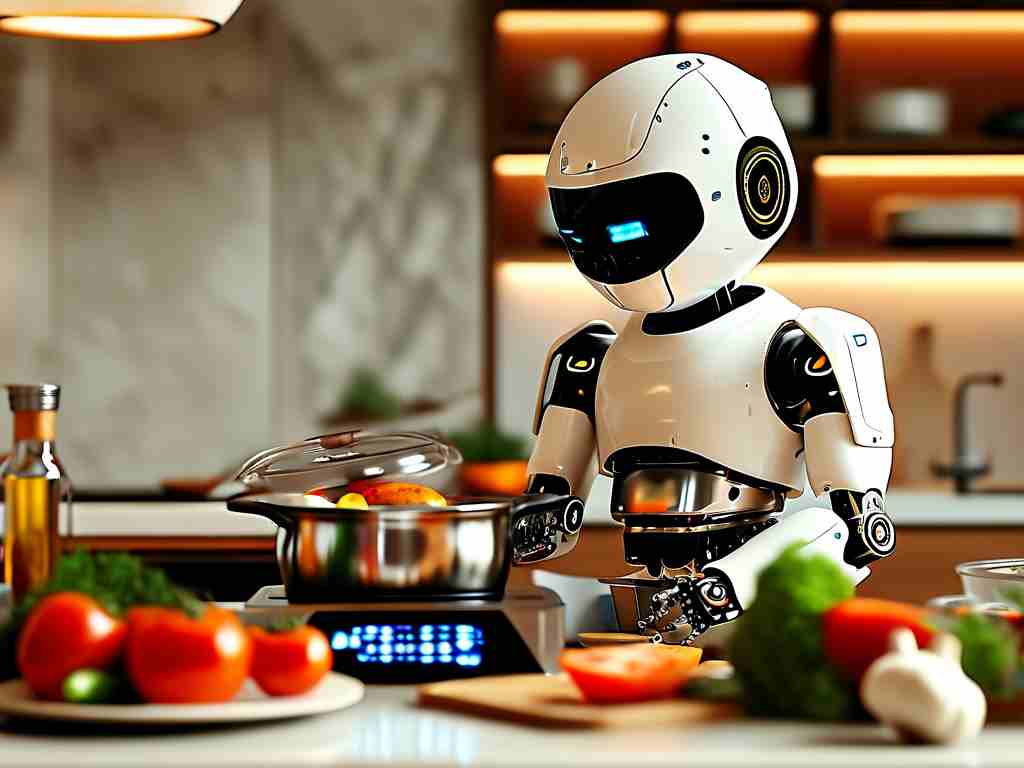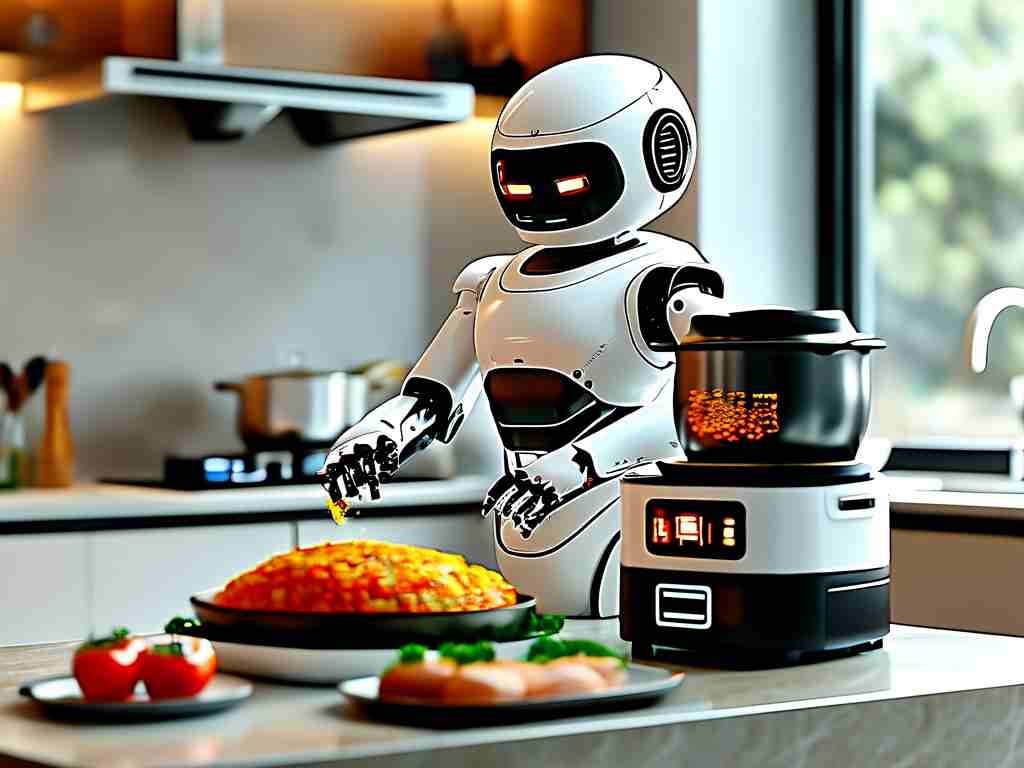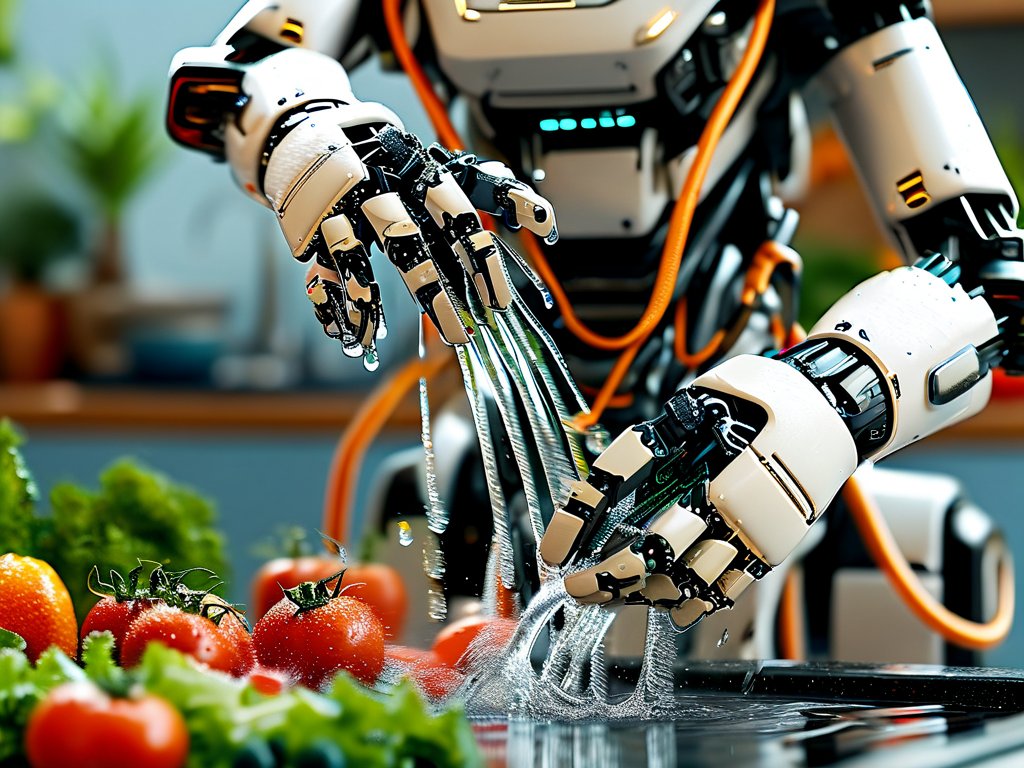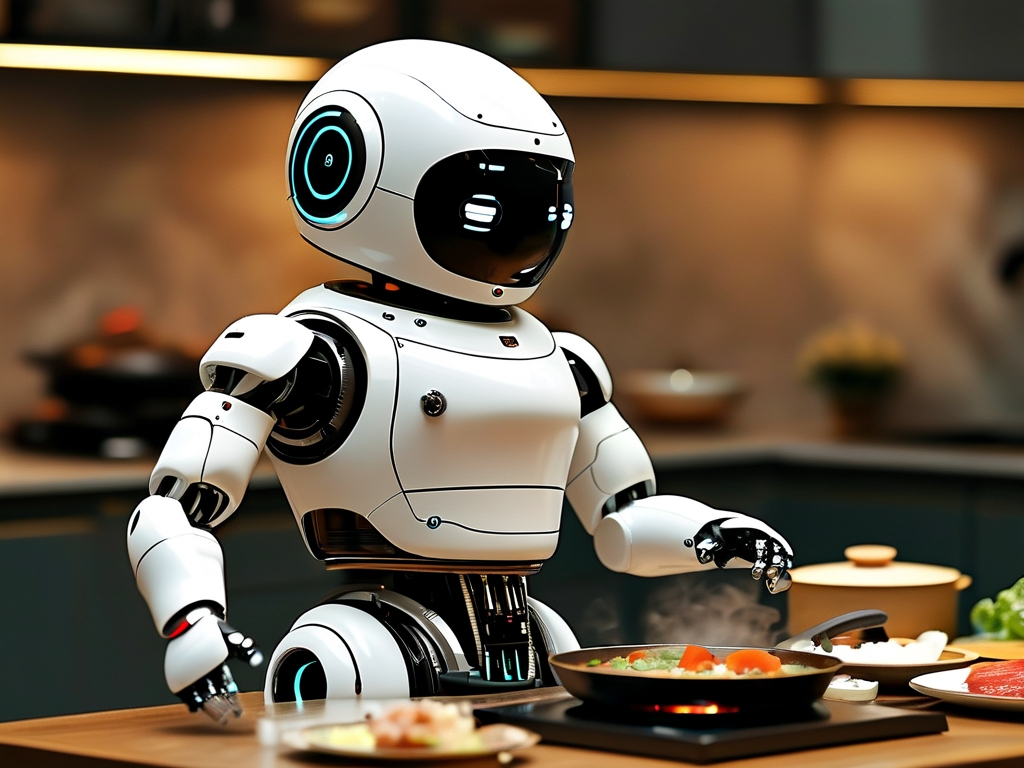The integration of robotics into daily life has reached a new frontier: the kitchen. Robotic cooking companions, once a sci-fi fantasy, are now emerging as practical tools that blend culinary artistry with cutting-edge technology. This innovation isn’t about replacing human chefs but enhancing creativity, safety, and efficiency in home kitchens. Let’s explore how these machines are reshaping the way we cook.

Bridging Technology and Tradition
Modern robotic kitchen assistants combine precision engineering with adaptive learning algorithms. Equipped with multi-axis arms, tactile sensors, and AI-driven recipe databases, these devices can chop vegetables, stir sauces, and even plate dishes with finesse. For instance, the ChefBot X9 uses laser-guided knives to ensure uniform cuts while adjusting pressure based on food texture—a feature inspired by sushi chefs’ techniques. Such technology preserves the essence of traditional cooking while minimizing human error.
A key breakthrough lies in their interactive capabilities. Voice-command systems like CookMate VoiceSync allow users to verbally adjust recipes or cooking times mid-process. Meanwhile, integrated cameras enable real-time monitoring via smartphone apps, letting users supervise meals remotely. This synergy of hardware and software addresses a universal pain point: multitasking in time-crunched households.
Safety and Accessibility Redefined
One overlooked advantage of robotic cooking partners is their role in kitchen safety. According to a 2023 report by the Global Home Safety Council, 28% of household injuries occur during meal preparation. Robots mitigate risks by handling sharp tools and managing high-temperature surfaces. The SafeCook Pro model, for example, automatically retracts its arms when detecting unexpected movement nearby, reducing accident rates by 63% in pilot tests.
These systems also democratize gourmet cooking. Elderly users or individuals with mobility challenges can program customized meal plans without physical strain. Take the case of Martha’s Kitchen Helper, a startup that collaborates with occupational therapists to design robots with ergonomic interfaces. Their flagship product includes textured grips and simplified touchscreen menus, empowering users with arthritis to cook independently.
From Recipe Repetition to Creative Collaboration
Critics often argue that robots lack the “soul” of handmade meals. However, next-gen models are challenging this notion. Open-source platforms like CulinaryAI let users upload family recipes, which the system analyzes to replicate seasoning blends or cooking styles. A beta tester in Italy successfully taught a robot to mimic her grandmother’s lasagna technique, layer by layer—proving machines can honor culinary heritage.
Moreover, these bots excel at experimentation. By cross-referencing global flavor databases, devices like FlavorMatrix 3.0 suggest unconventional ingredient pairings. Imagine a robot proposing a miso-infused crème brûlée or a chipotle-dark chocolate glaze. Such innovations encourage home cooks to venture beyond their comfort zones while ensuring consistent results.
The Road Ahead: Challenges and Opportunities
Despite progress, hurdles remain. High costs ($2,000–$10,000 per unit) limit accessibility, though companies like KitchenBot Labs are developing modular systems where users rent specific attachments (a pasta roller or sous-vide module) for $30/month. Maintenance is another concern; grease buildup or software glitches require specialized servicing, which isn’t yet widely available.
Ethical debates also simmer. Should robots collect data on eating habits? How secure are cloud-stored recipes? Transparent data policies and offline operation modes will be critical for consumer trust.
Yet the potential is vast. Market analysts project a $12 billion industry by 2030, driven by smart home integration. Future iterations might sync with refrigerators to auto-plan meals based on expiring ingredients or adjust nutrition profiles for health goals.
Robotic cooking assistants symbolize a cultural shift—not toward automation for its own sake, but toward redefining what’s possible in home kitchens. They preserve tradition while inviting exploration, turning meal prep from a chore into a collaborative adventure. As these technologies evolve, one thing is clear: the heart of cooking remains human, but the tools? They’re delightfully futuristic.




